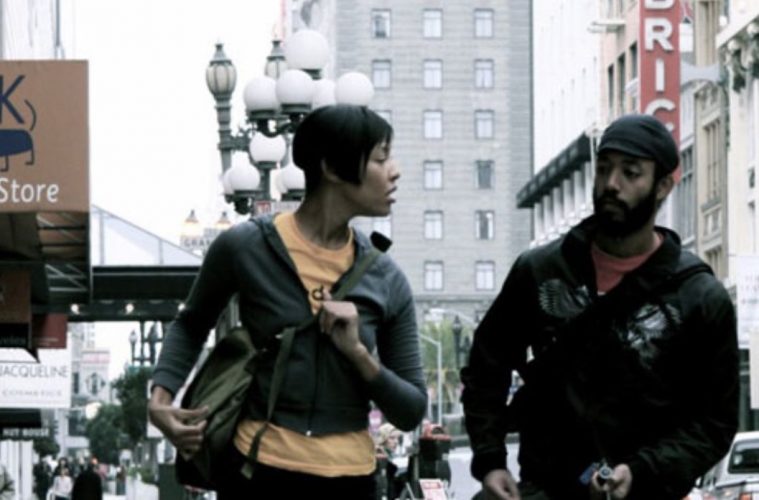Or: How These Unforgettable Films Escaped The ‘Marvel Crowd’ – A four-part series on some of cinema’s more important but lesser known movies (04)
By The Wicked Witch of the Cineaste Julian Boyance
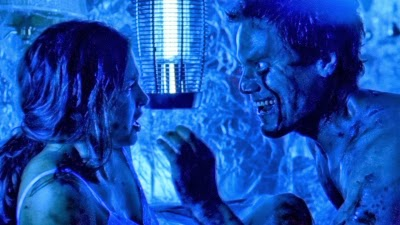
BUG
Bug (2006) | Director: William Friedkin
Films like Bug are not about the limited stories they present. On the contrary, these challenging movies are about the bizarre journey they often take us on. And what an eerie and unnerving journey it is. Maniacal and draining, the personal journey is not our own, but the down-the-rabbit-hole madness of Agnes White and Peter Evans.
Two lonely and misguided souls stuck in a motel room, where reality becomes whatever they make it, are lead off-the-plank of sanity and down an obscure path by Peter, who is possibly suffering from the effects of war. Agnes is just the type of damaged, unfortunate soul, ripe for such a warped and unhinged mind as Peter’s, who willingly becomes part of his entomology obsessed and paranoid fiefdom.
Never will you forget the word aphid.
This may very well be the most frightening film you ever see and the film is not even horror. Pretty horrific may sum it up though. As you commence watching Bug one fact must be made clear: Director William Friedkin is an American cinema treasure, a living legend.
Most definitely mesmerizing are the take-no-prisoners, bared-soul performances from both leads, Michael Shannon and Ashley Judd, an actor whose abilities have never truly been appreciated within the industry, or by the greater public. Shannon, on the other hand, was just starting to demonstration his star power as a lead and must-watch actor in this production.
Also important to note is that the vibrant collaboration between Friedkin and playwright/screenwriter Tracy Letts (Bug, Killer Joe) is first seen here.
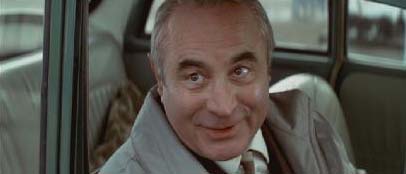
Felicia’s Journey
Felcia’s Journey (1999) | Director: Atom Egoyan
For a while during the Indie Golden Age (late 80s/90s), filmmaker Atom Egoyan (Chloe) was ubiquitous – where he seemed to have a film released every year and was acclaimed at every festival. Other than The Sweet Hereafter (1999) and Exotica (1994), however, the Canadian filmmaker has eluded me.
Felecia’s Journey certainly slipped through the cracks during those times (as verified by it’s Box office performance), which disappoints because this is one captivating, conflicting, and charmingly macabre film, adapted from the acclaimed 1994 novel of the same name by William Trevor.
Forget Who Framed Roger Rabbit? (1988) and Mona Lisa (1986) – this is Bob Hoskins’ finest work.
Displaying delightful chemistry between the leads, the psychological character study involves Felicia (Elaine Cassidy), a 17 year-old Irish ingénue who arrives in Birmingham, U.K., pregnant and lost, on a search for the cad boyfriend who impregnated and left her alone. It is ill-planned and reeks of desperation. To the rescue is the last person who you’d hope this innocent would fall under the clutches of, Mr. Hilditch (Hoskins), an amiable and disquieting soul with a bubbling rage and a fascinating yet dark past and present. A man regressively stuck in his past and whose achieved duality of life is unlike most serial killer films seen before.
The question becomes – is he friend or foe? By the film’s final frames, some of those questions still remain.
Nominated for 10 Genie Awards (Canada’s Academy Awards/Oscars), the film, while set in contemporary times, replicates an intoxicating 1950s/60s ‘Kitchen sink drama’ in look and tone.
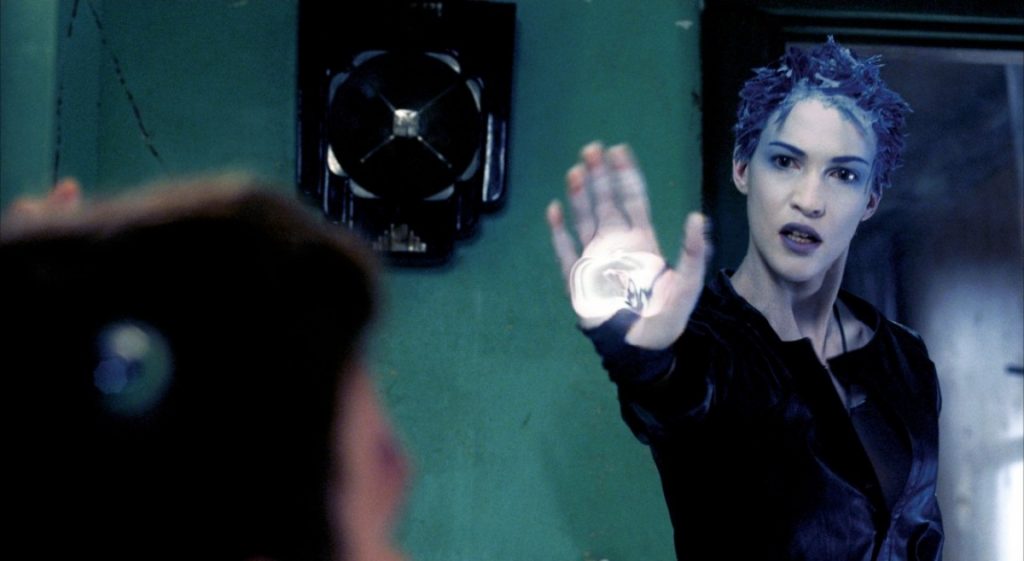
Immortel
Immortel (ad vitam) 2004 | Director: Enki Bilal
Look in the dictionary for the definition of mindfuck and you will find a poster of this film (Editor’s Note: Or not). This is bar none one of the most visually splendid films to behold, where themes of Eugenics and Egyptology collide.
Ad vitam – adverb, Latin. 1. for life.
Some years back I was committed to seeing each of the early films shot on virtual backgrounds/“digital backlots” released around the same time in 2004 (one of the 4 early “digital backlot” shot experiments which includes: Casshern, Sky Captain and the World of Tomorrow, and Sin City).
Of those films, one remained indelibly etched in my mind (I still have yet to watch Casshern). With its science-fiction foundation and edgy topics and themes of alien invasion, eugenics/cloning and self-identity, gender issues, Egyptology, and new world order/totalitarian/oppressive regimes and world governments, I was hooked.
Alongside a winning and mesmerizing performance by Jill Hardy (I will forever have a cinematic crush on this actress due to this film), Immortel strangely but effectively combines raw and fantastical CGI, live-action, and digital backlot.
Based upon the graphic novel works of the director, and the grand vision and reinterpretation of his own works in a new medium, Immortel ad vitam the movie has brought those works to life for evermore and have provided a film unlike any this viewer has ever witnessed.
Whereas, the film could understandably be critiqued for its Eurocentric appropriation of Egyptology and from a feminist perspective regarding some of the sexuality which veers into sexual assault …
Whereas, The Fifth Element (1997) fans can sense shades of correlatives between the mystical, messianic, color dyed and day-glo haired, costume-bending, and action-driven heroines of Leeloo and Jill …
Immortel ad vitam deserves larger cult status, as most critics were unkind to this refreshing and wholly gripping cinematic journey, much appreciated by this viewer.
The effort and vision of Enki Bilil far outweigh the film’s imperfections.
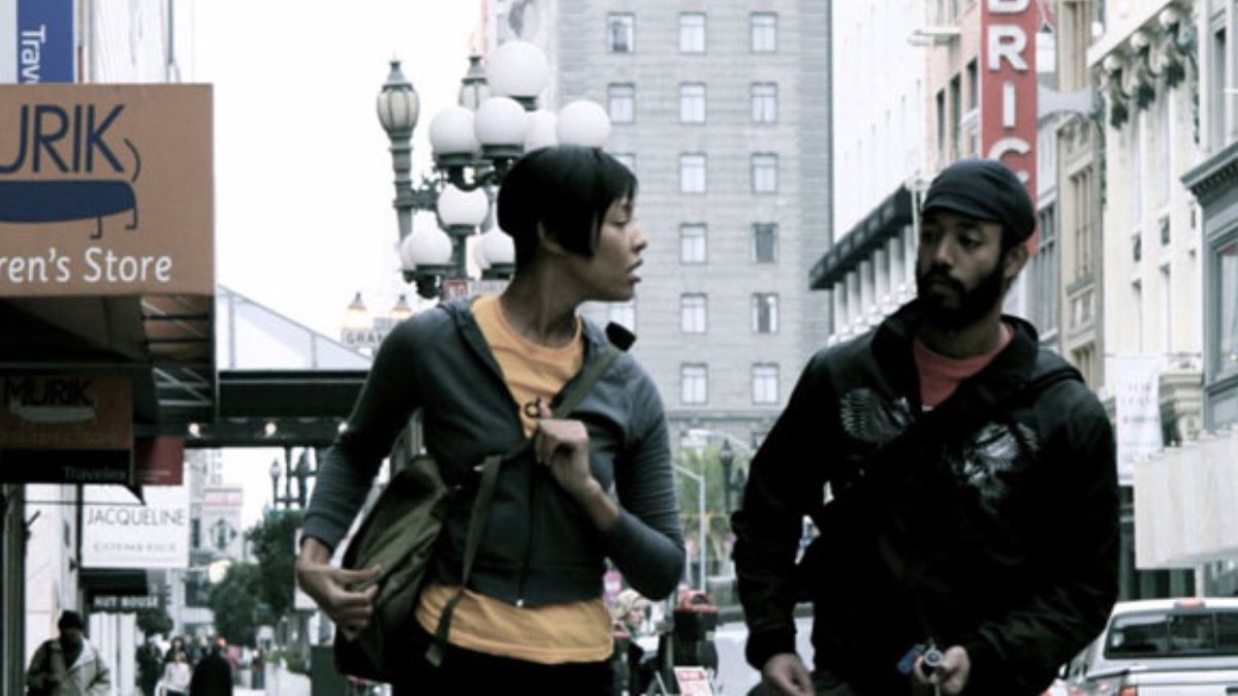
Medicine for the Melancholy
Medicine For Melancholy (2008) | Director: Barry Jenkins
True story, I wanted to have posted hype of this film before the Oscar ceremonies. Now being posted afterward, I look like Johnny-come-lately yet I swear I knew about Jenkins before Moonlight (2016).
Melancholy has taken on new meaning and value as it is now a look back on the debut of a filmmaker now at the cusp of industry/creative success.
During the early stages, the film would appear to benefit from film stock rather than digital to fully enrich the imagery lyricism. Later, the digital (1.78 aspect ratio) does enhance and foster the desaturated, free-wheeling, loose-improvisational tone, as the city of San Francisco grows to be a more dominant of a character.
Providing more than mere backdrop for the unfolding emotional connect and disconnect between one-night standers Micah (Wyatt Cenac) and Joanne/Jo (Tracey Heggins), San Francisco is photographed as perceptive vibe – illuminating the city’s charms and complications like few previous films.
At times, annoyingly alternating between hot and cold, mysterious Tracey ultimately prolongs this defined drunken one-night stand into a one-night stand and a day, after Micah returns the wallet she dropped after a shared taxi ride. Her outer beauty and inner chi make the effort worth it though. The mismatched bond in Roman Holiday (1953) comes to mind.
The film is no masterpiece, nor is it flawless, but it is often an antithesis on what has been defined as black film and romantic comedy, as the film deconstructs and reconstructs both genres. You sense a filmmaker working through learning the craft and finding his voice.
Using a linear structure, the film has been understandably compared to romances/stories which take place in a day (insert requisite Before Sunrise trilogy reference here). And like many low-budget Indies, the film’s pacing issues are facilitated by the brief running time and ephemeral, fleeting quality of the couple’s ill-fated encounter. Each actor inhabits their thinly painted, but defined characters well.
There is various untapped romanticism and eroticism in favor of character realism and faithfulness. Free-spirit and philosophical Micah is frequently vexing in his ability to ruin the purity of circumstances and miss romantic opportunity in favor of ideological actions or dialogue.
The dreamy, alt-rock soundtrack serves as structuring device and cultivates its indie textured quilt. The soundtrack certainly is refreshingly atypical of most black film and relates to something Micah drunkenly remarks upon.
The film’s title posits interconnectivity with some fellow human, both physical and emotional, as prescription for life’s blues and doldrums – of which Micah and Jo evoke and echo in principle.
While the film exhibits many of the five natural affinities identified by film theorist Siegfried Kracauer, a nicely executed final shot and open ending illustrates his thoughts on indeterminacy in a thoughtful and reflective manner.
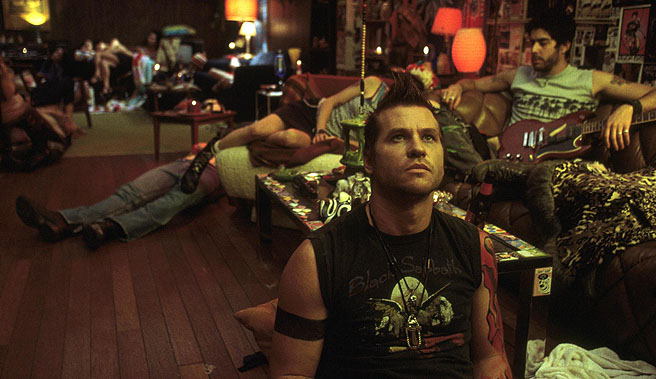
Salton Sea
The Salton Sea (2002) | Director: D.J. Caruso
Raise your hand if you are a sucker for good, or hell, any Neo-noir? (My hand rose)
These delicious genre interconnected gem homages to Film Noir are just as fun as their progenitors in delivering cinematic expeditions into the full range of human psychosis, neuroses, and foibles. Tragic Opera distilled to the very human core.
Cops who lose their identity while undercover will always hold fascination. Cognitive dissonance personified through profession. DiCaprio anchored The Departed (2006) with such a tortured psychologically state. In Too Deep (1999) expertly dealt with the conflicted state of mind. Deep Cover (1992) captured it with aplomb.
Much like the pre-check chasing/Hollywood blockbuster Nic Cage, Kilmer was in the final throes and last vestiges of his really top-notch acting work. The last cusp of his roles as a lead and shows how much of a screen presence he once possessed. Although still talented in general, the B and even C-movie days appear to dominant Kilmer’s credits nowadays.
Lensed by one of the best in the industry, Amir Mokri, the film features one of my favorite and visually arresting opening scenes in the past twenty years.
Few films attain such character study depth on identity themes so stimulatingly. Informant “Danny Parker/Tom Van Allen” brings a cat-and-mouse interplay where drug deals and double-crosses are the norm and where the good guys are bad and the bad guys are good – such is the seedy and corrupt side of drug dealing and addiction. Is there any other?
Which, is exciting if not entirely credible since the sum of the film’s parts do not always add up. Regardless, the equation is quintessential Neo-noir, as confirmed by the morality construct and identifying Noir and Detective/Murder-mystery tropes.
While littered with A-talent, the film is nevertheless under the guise of B-film. This is cerebral cinema within the Film Noir banner.
Director Caruso (Disturbia, Eagle Eye, Two for the Money, Taking Lives) has some notable credits on his oeuvre and is a keen visualist.
A philosopher with a camera, a Mont Blanc, and a laptop. Taught by the likes of Godard, Eisenstein, Welles, Scorsese and Lee, Julian Boyance is a filmmaker/blogger/film instructor hailing from Metro Detroit, whose cinematic journey traverses both academia, production, and beyond. Facebook administrator for the Nicolas Winding Refn Appreciation Society fan page, his social media footprint can be found here: Twitter/Instagram: @godardfan Youtube: Godardfan Tumblr: Godardfanforever

